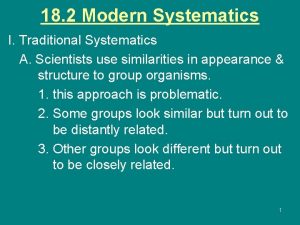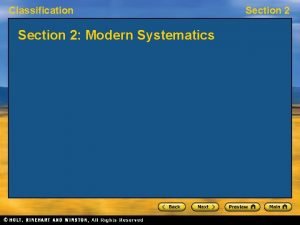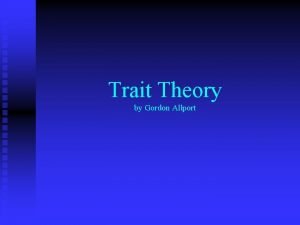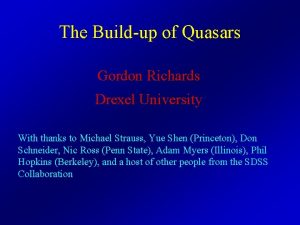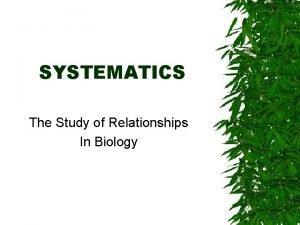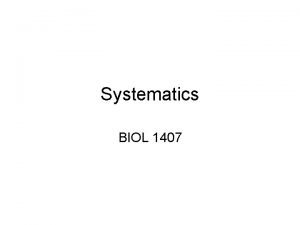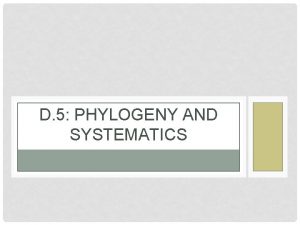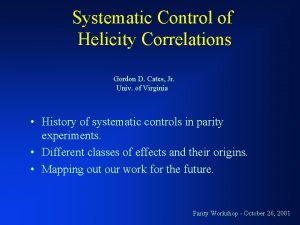Source Systematics Gordon D Cates Jr University of
















- Slides: 16

Source Systematics Gordon D. Cates, Jr. University of Virginia • PITA - type effects • The importance of controlling the analyzer-axis – Two Pockels cells – Half-wave plate • Position asymmetries – Lensing effects – Phase gradients – Other • Feedback, and its limitations Parity Workshop - May 10, 2002

Polarization Induced Transport Asymmetries (The PITA effect) Polarization ellipses that result from various phases Right helicity Left helicity How imperfect circular polarization translates into helicity correlated intensity asymmetries

PITA curve from strained Ga. As cathode • APITA is plotted as a function of D, where D was adjusted using the voltages on the Pockels cell. • Here, the analyzing power that caused the asymmetry was not the laser transport system, but rather a strained Ga. As crystal. PITA curves are routinely used to set feedback parameters in parity experiments.

Matching the polarization ellipse’s to the axis of the analyzing power In a Strained Ga. As crystal, there is a preferred axis. Quantum Efficiency is higher for light that is polarized along that axis It is desirable to have a means for orienting your ellipses

SLAC polarization control setup

Ellipses are rotated using the two PC’s The two Pockels cells have their fast axes set at 45 o to one another.

The “two-dimensional” PITA effect, formulae for APITA for two Pockels cells Now there is a line in the space spanned by D 1 and D 2 for which APITA is zero.

The line in phase space that minimizes APITA is suppressed along the line. Circular polarization is only maximized at one point.

Simple PITA-type effects cannot be everything If phase alone were the problem (and not phase gradients), position asymmetries would go to zero at the same time.

Gradients in the phase D and position asymmetries Left helicity, emitted charge vs. position Right helicity, emitted charge vs. position Linear gradient in D Across laser beam

Laser studies of systematics demonstrating sensitivity to gradients of D across Pockels cell Intensity asymmetry vs. position (averaged over photodiode array) Intensity asymmetry vs. position (single photodiode element) Position asymmetry vs. position (sensitive to the gradient of D) Spot size asymmetry vs. position (sensitive to the 2 nd derivative of D)

Feedback’s effect on integrated asymmetries (intensity and position) versus time. Envelopes represent the one sigma statistical error for the quantity measured. In the absence of a systematic, this is the error with which one would expect the distribution to be centered on zero. Feedback causes 1/N convergence toward zero.

The effect of inserting and rotating a halfwave plate

Asymmetries while rotating half-wave plate

Systematics beyond the PITA effect

What is needed for the future • Continued empirical work is critical. • Need to focus on passive suppression as well as feedback. • The important problems at JLab could be very different than at SLAC, Bates, Mainz, …
 Systematics vs taxonomy
Systematics vs taxonomy 0110001101
0110001101 Jared cates
Jared cates Traditional systematics
Traditional systematics Nick cates design
Nick cates design Systematics deals with
Systematics deals with Modern systematics try to group organisms based on
Modern systematics try to group organisms based on 沈榮麟
沈榮麟 Sampc rapportage
Sampc rapportage Secondary trait adalah
Secondary trait adalah Gordon richards drexel
Gordon richards drexel Teoria de allport
Teoria de allport Contoh disposisi kardinal
Contoh disposisi kardinal Gordon model of dividend policy
Gordon model of dividend policy Difference between euler and rankine-gordon formula
Difference between euler and rankine-gordon formula Shacare gordon
Shacare gordon Babinski y sucedaneos
Babinski y sucedaneos



